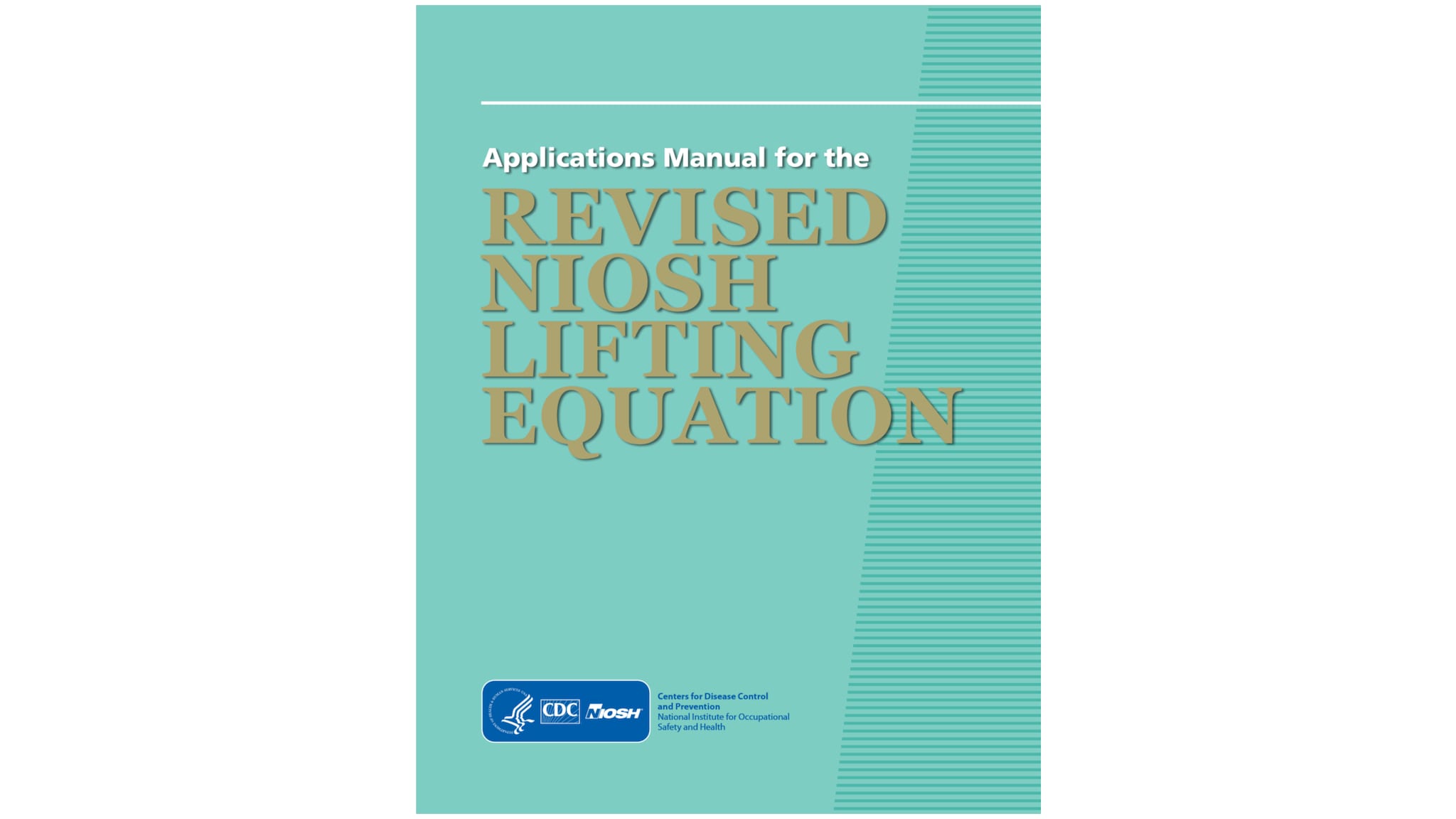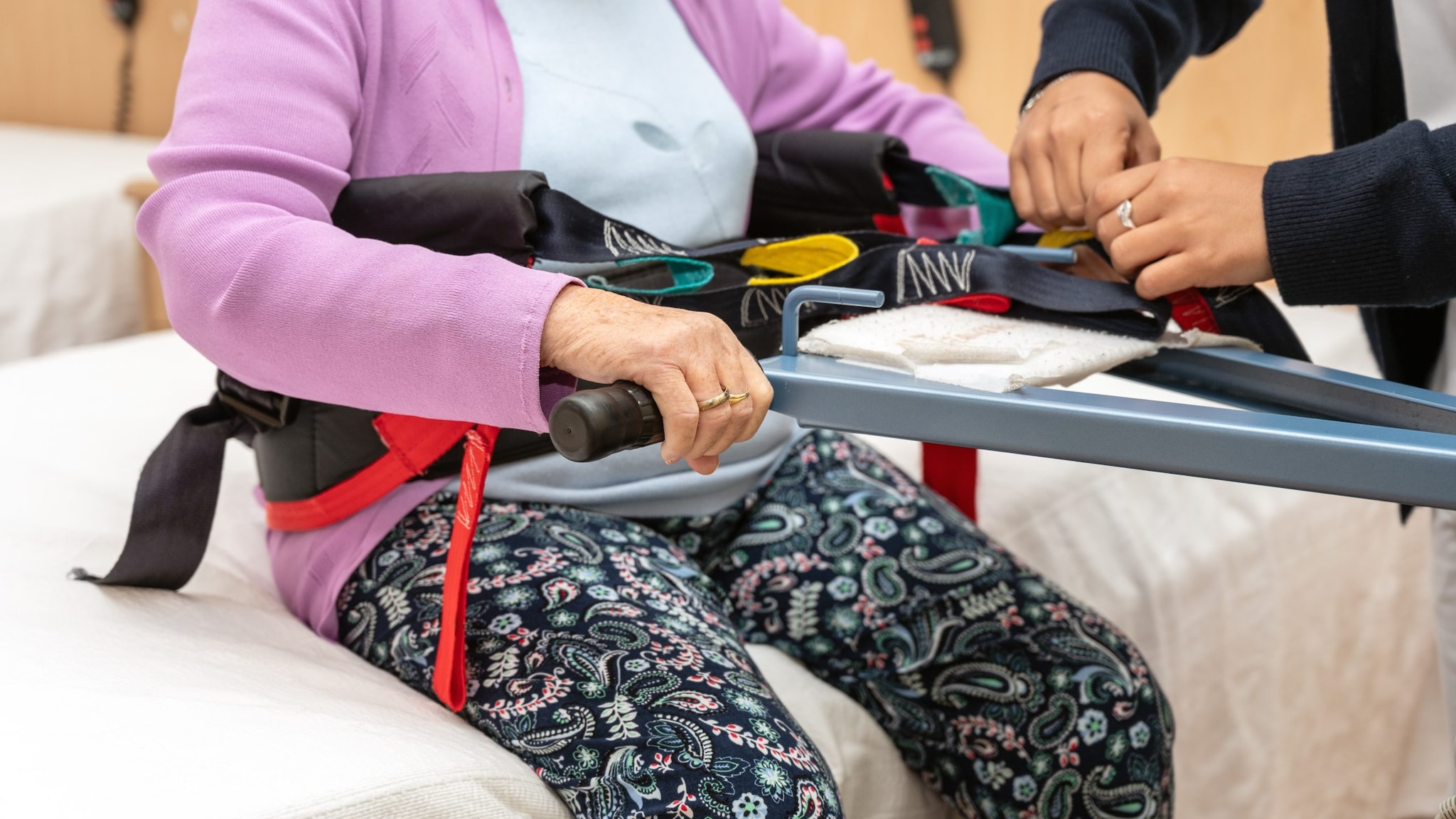About Ergonomics and Work-Related Musculoskeletal Disorders
The goal of ergonomics is to prevent injuries and discomfort that happen at work.
Revised NIOSH Lifting Equation
The Revised NIOSH Lifting Equation calculates the risk for single and multiple manual lifting tasks.
Elements of Ergonomics Programs
Learn how to design an ergonomics program to prevent work-related musculoskeletal disorders.
Upper Limb Musculoskeletal Disorders Consortium
NIOSH collaborative research program designed to prevent work-related MSDs of the upper limb.
For healthcare workers
About Safe Patient Handling and Mobility
Information and guidance for healthcare workers on safe patient handling and mobility (SPHM).





